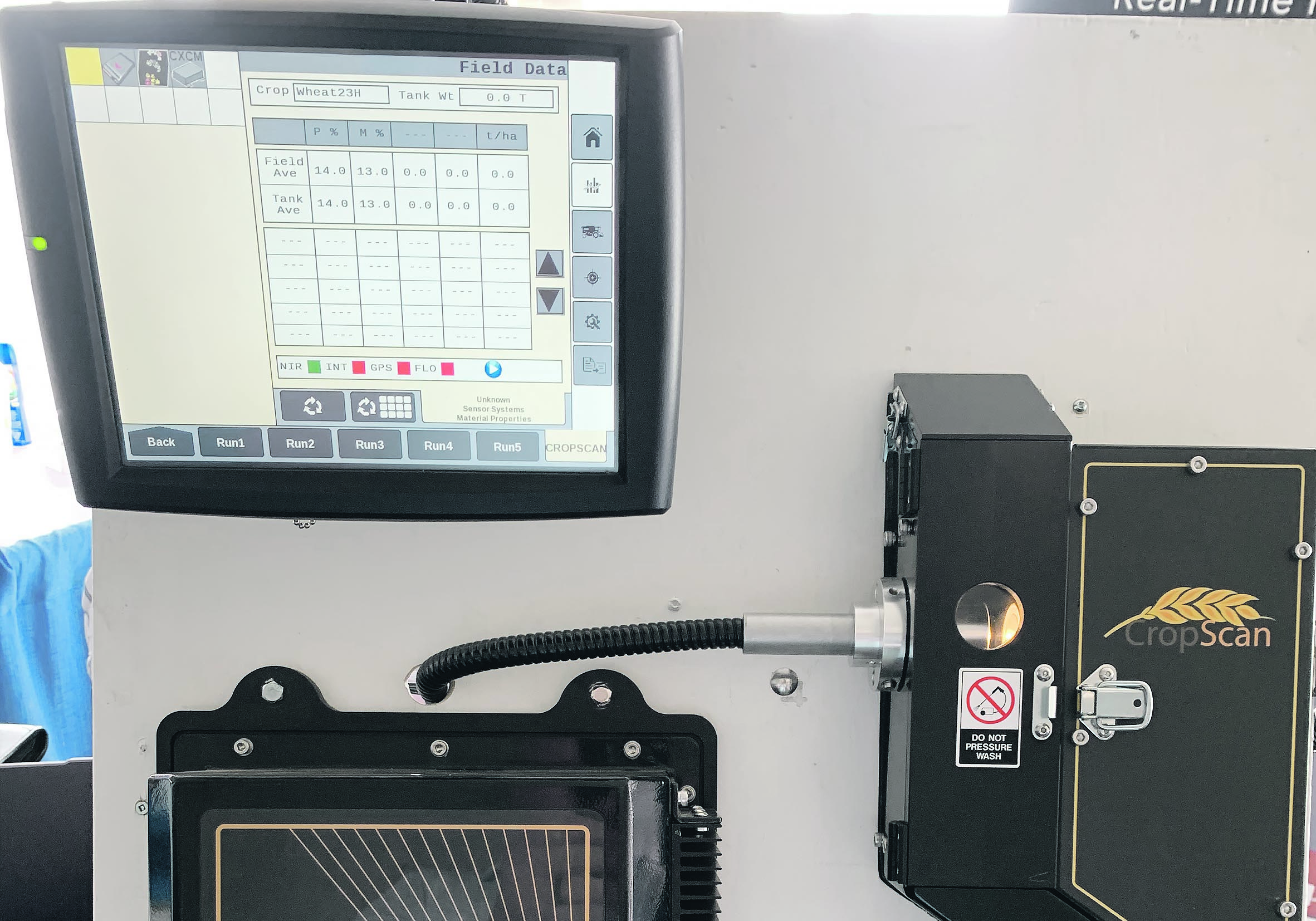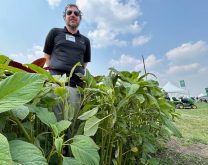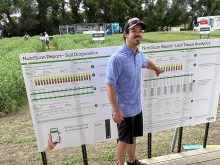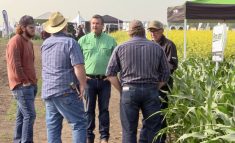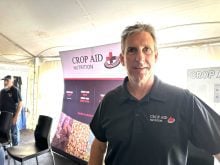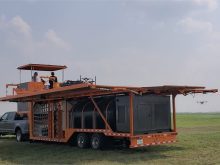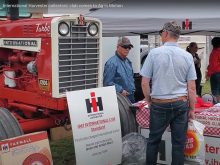CropScan can analyze moisture, protein, fibre, starch and oil for multiple crops on the fly while the combine is operating
LANGHAM, Sask. — Dean Scrivens thinks CropScan Ag’s on-combine grain analyzer is an innovative tool.
Recently, this was confirmed at the Ag in Motion farm show.
CropScan was rewarded for its work with an Ag in Motion Innovation Award in the agronomics category for its CropScan 4000 VT.
“Winning that award was great. We’ve never been to an event like that before,” said Scrivens.
Read Also

Dry bean seeded acreage in Manitoba hits 20-year high
Dry bean acreage across all types reached around 207,000 acres in 2025, representing a significant increase from last year’s 182,000 acres.
“It was fantastic.”
The CropScan tool is able to analyze moisture, protein, fibre, starch and oil on the fly, depending on the crop being harvested. The system records data points approximately every three to five seconds, which can then be analyzed by the company’s N-Gauge app.
“The app converts the data into coloured maps where the farmer can see areas where the protein may be high or low, the average for the whole field, moisture, etc.,” said Scrivens.
“There are a ton of data sets within the app built from the data the system collects.”
Scrivens said the protein measurement alone, which is an indicator of nitrogen available to the plant when it is growing, is going to be something that is absolutely necessary for farmers to track in the future.
“Many farmers measure yield and deal with that only,” he said.
“They may add more nitrogen, but perhaps that area doesn’t need more nitrogen. It has to be analyzed to see protein and to see exactly what’s happening in that field.”
Scrivens said the N-Gauge app is able to create a zone map, which summarizes the smaller coloured areas/data points on a map. The zone map can either be very fine/detailed or very broad.
It allows producers to work with their agronomists to input a precise prescription for that field for next year and export the map to be used by the air seeder.
Scrivens cited a case study in which a farmer saved about $100,000 in nitrogen inputs the first year using the CropScan system, as well as increasing yields. The second year the farmer decreased his nitrogen inputs by about $48,000.
“This evening-out process takes about three, four or five years,” Scrivens said.
“You’ll never have a perfectly even field due to soil type and topography, but every year you increase your yield slightly.”
He said the CropScan tool is available through several dealers in Canada, and the ballpark cost is about $30,000 per unit installed, programmed, farmer’s boundaries added and ready to go.



